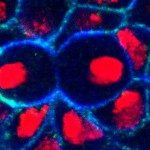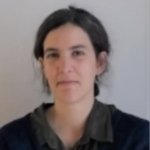Link to Pubmed [PMID] – 33960743
Link to DOI – 10.1002/adbi.202000349
Adv Biol (Weinh) 2021 Jul; 5(7): e2000349
As 2D surfaces fail to resemble the tumoral milieu, current discussions are focused on which 3D cell culture strategy may better lead the cells to express in vitro most of the malignant hints described in vivo. In this study, this question is assessed by analyzing the full genetic profile of MCF7 cells cultured either as 3D spheroids-considered as “gold standard” for in vitro cancer research- or immobilized in 3D tumor-like microcapsules, by RNA-Seq and transcriptomic methods, allowing to discriminate at big-data scale, which in vitro strategy can better resemble most of the malignant features described in neoplastic diseases. The results clearly show that mechanical stress, rather than 3D morphology only, stimulates most of the biological processes involved in cancer pathogenicity, such as cytoskeletal organization, migration, and stemness. Furthermore, cells entrapped in hydrogel-based scaffolds are likely expressing other physiological hints described in malignancy, such as the upregulated expression of metalloproteinases or the resistance to anticancer drugs, among others. According to the knowledge, this study represents the first attempt to answer which 3D experimental system can better mimic the neoplastic architecture in vitro, emphasizing the relevance of confinement in cancer pathogenicity, which can be easily achieved by using hydrogel-based matrices.

